Aplicación
Arquitecturas de simulación cuántica en sistemas HPC
Quantic
Descripción del grupo:
La investigación de QUANTIC se centra en la aplicación de computadoras cuánticas a problemas científicos difíciles. Estos pueden formularse a partir de principios fundamentales o por una función de optimización efectiva. Usando nuevos algoritmos, abordan estos problemas optimizando los recursos dedicados a su solución. Además, explotan toda la potencia de los dispositivos clásicos actuales para desarrollar nuevas herramientas de simulación para sistemas cuánticos en sistemas HPC.
El grupo está compuesto por los siguientes investigadores: Artur García Sáez, Alba Cervera-Lierta, Axel Pérez Obiol Castaneda, Berta Casas I Font, David López Nuñez, José Ignacio Latorre Sentis, María Cea Fernández, Sergi Masot I LLima y Sergio Sánchez Ramírez.
Descripción de la actividad
Las actividades del grupo Quantic de BSC se centran por un lado en el diseño de nuevos algoritmos y por otro en la implementación de simuladores cuánticos en sistemas HPC. Las subtareas a realizar son las siguientes:
1. Desarrollo de simuladores HPC que permitan reproducir el comportamiento de algoritmos cuánticos usando la arquitectura paralelizada de los supercomputadores. Estos simuladores facilitarán a los desarrolladores el diseño de circuitos y algoritmos, reproduciendo el funcionamiento de ordenadores ideales (sin ruido), ofreciendo trazabilidad de los pasos a ejecutar, así como una referencia para los desarrollos experimentales.
2. Aplicación de estos simuladores y de otras arquitecturas híbridas clásico-cuánticas al desarrollo de algoritmos con aplicaciones a finanzas, química computacional, optimizaciones industriales y física fundamental.
Results
Nuclear shell-model simulation in digital quantum computers Artículo de revista
En: Scientific Reports, vol. 13, 2023.
Multi-dimensional Fourier series with quantum circuits Artículo de revista
En: Physical Review A, vol. 107, iss. 5, pp. 15, 2023.
Modern applications of machine learning in quantum sciences pre-print
2022.




